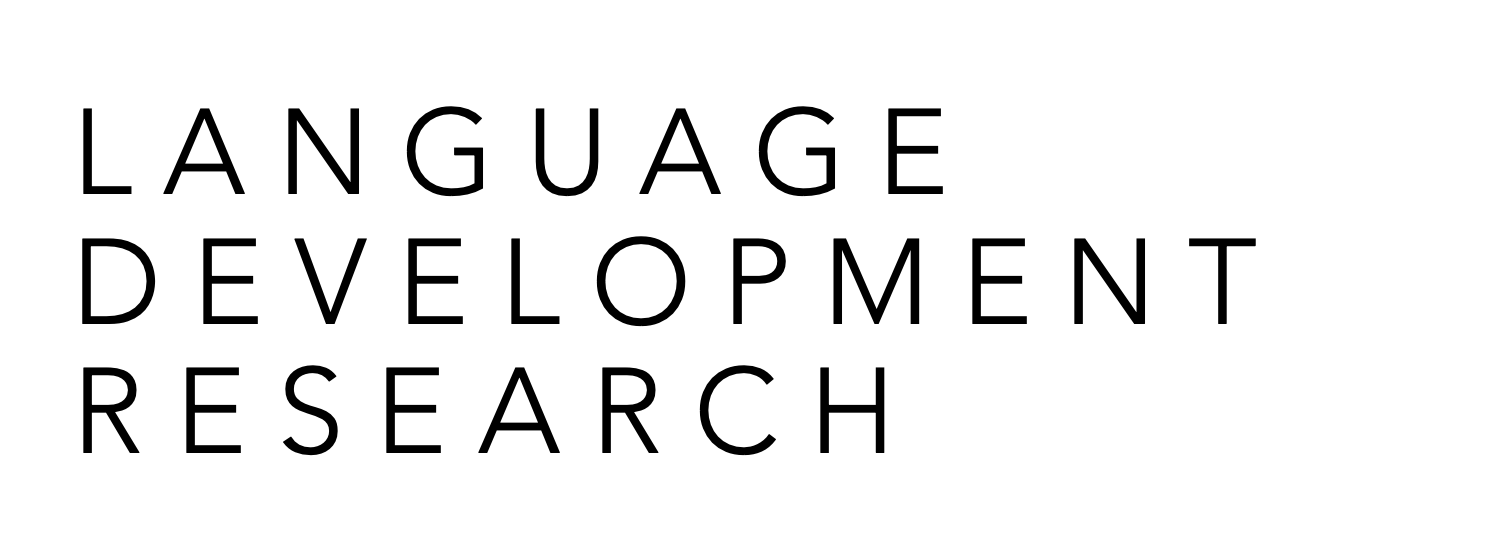Language Development Research: A Diamond Open-Access and Open-Science Journal
Read author guidelines (PDF) before submission, and ensure your article includes a standalone Data, Code and Materials Availability Statement.
Editors-in-Chief: Patricia Brooks (City University of New York) and Vera Kempe (Abertay University)
========================================================
Science is for everyone. We set up Language Development Research (ISSN 2771-7976) as a diamond open-access journal because we don't believe in locking articles behind paywalls and in charging taxpayers and universities to publish research they've already funded. Language Development Research is also an open-science journal because we believe that open science is better science. We uphold the highest standards of research integrity. We do not privilege papers that are "exciting" over those committed to scientific rigour. We insist on open data and materials, and commit to publishing every article that is judged by our peer review process to meet our criteria for methodological and theoretical rigour.
Language Development Research was founded by Ben Ambridge and Brian MacWhinney as the official journal of the Talkbank system, which comprises the Child Language Data Exchange System (CHILDES), Phonbank, Homebank, Multilingualism and Clinical banks, the CLAN software (used by hundreds of researchers worldwide to analyze children's spontaneous speech data) and the Info-CHILDES mailing list; with over 1,600 subscribers, the de-facto mailing list for the field of child language development.
We invite submissions of empirical and theoretical investigations of children's language development: typical and atypical, mono-, bi- and multilingual, spoken, signed, or written. We are also interested in the exploration of any topic or population relevant to language development, broadly construed (e.g., second language learning, artificial language learning, adult psycholinguistics, computational modeling).
Fiercely independent, we are answerable to no one except the scientific community and our 30-member strong Editorial Board of respected researchers. Please browse our articles (below on this page), learn more about the journal and its editorial policies, and, when you're ready, submit your article.
